ikfoundation.org
Promoting Natural & Cultural History
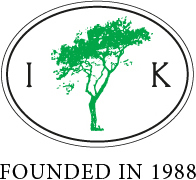




SCIENTIFIC RESEARCH PROJECTS
| MONITORING OF METEOROLOGICAL PARAMETERS

MONITORING OF METEOROLOGICAL PARAMETERS
THE NORWEGIAN METEOROLOGICAL INSTITUTE
THE NORWEGIAN METEOROLOGICAL INSTITUTE
- PROJECT TITLE: MONITORING OF METEOROLOGICAL PARAMETERS
- ESTIMATED START-UP TIME: Autumn 2018
- GEOGRAPHICAL RESEARCH / MONITORING AREA: Area A up to C

ABSTRACT
 It is proposed to strengthen the network of autonomous weather stations (AWS) on western Spitsbergen, Svalbard by the Norwegian Meteorological Institute (MET Norway). A set of sensors will be mounted on a Field Station on the west coast of Prins Karls Forland facing Forlandsøyane. The sensors will include an anemometer (measuring wind speed), a hygrometer (measuring the water vapour in the atmosphere), a barometer (measure atmospheric pressure) a pluviometer (measuring the amount of (liquid) precipitation) and a thermometer. They will all follow the standards of MET Norway and, thus, be fully compatible with the instruments already in operation on Svalbard.
It is proposed to strengthen the network of autonomous weather stations (AWS) on western Spitsbergen, Svalbard by the Norwegian Meteorological Institute (MET Norway). A set of sensors will be mounted on a Field Station on the west coast of Prins Karls Forland facing Forlandsøyane. The sensors will include an anemometer (measuring wind speed), a hygrometer (measuring the water vapour in the atmosphere), a barometer (measure atmospheric pressure) a pluviometer (measuring the amount of (liquid) precipitation) and a thermometer. They will all follow the standards of MET Norway and, thus, be fully compatible with the instruments already in operation on Svalbard.
INTRODUCTION
 For many reasons, Svalbard are of special value and importance for monitoring of meteorological and climatic parameters. The west coast of Prins Karls Forland is a good example. It is open to the sea, it is free from human activities and settlements, even at larger distances, human access is strictly limited, and its climate is not affected by any local sources. While a number of stations monitoring meteorological parameters are established in other parts of Svalbard, the west coast of Prins Karls Forland facing Midtøya and Nordøya does not have any station for such purposes.
For many reasons, Svalbard are of special value and importance for monitoring of meteorological and climatic parameters. The west coast of Prins Karls Forland is a good example. It is open to the sea, it is free from human activities and settlements, even at larger distances, human access is strictly limited, and its climate is not affected by any local sources. While a number of stations monitoring meteorological parameters are established in other parts of Svalbard, the west coast of Prins Karls Forland facing Midtøya and Nordøya does not have any station for such purposes.MET Norway is responsible for operational weather and ocean forecasting in Arctic and especially Svalbard. Increased activity in the area, connected with e.g. reduced sea ice coverage, increase the importance of this. The location at the west coast make the station very well suited for contributing to operational meteorology. In particular, as the data from the station shall be received in near real time, it can be assimilated in the regional numerical weather prediction model, the main tool for operational weather forecasting. The location is also very appropriate for collecting observations for climate monitoring. Continuous monitoring of meteorological parameters are of prime importance for adequate uninterrupted assessment of climatic trends.
AIM OF STUDY PROPOSED
 The programme proposed aims at an important strengthening of the network of stations now established by MET Norway on Svalbard. The inclusion in the network of a set of meteorology instruments on the west coast of Prins Karls Forland will imply a highly valuable addition to the set of stations currently existing in the northern archipelago. Adequately mounted on a Field Station multipurpose mast provided with instruments for recording of environmental observations as well as with a number of climate-neutral power sources, the instruments here proposed will continuously measure meteorological parameters, subsequently recorded, made available in near real time and also stored.
The programme proposed aims at an important strengthening of the network of stations now established by MET Norway on Svalbard. The inclusion in the network of a set of meteorology instruments on the west coast of Prins Karls Forland will imply a highly valuable addition to the set of stations currently existing in the northern archipelago. Adequately mounted on a Field Station multipurpose mast provided with instruments for recording of environmental observations as well as with a number of climate-neutral power sources, the instruments here proposed will continuously measure meteorological parameters, subsequently recorded, made available in near real time and also stored.
APPROACH OF STUDY
 The set of sensors will include an anemometer, mounted to guarantee its recording of free airflow. Further, there will be a thermometer, a hygrometer, a barometer and a pluviometer, all mounted in adequate manners. All instruments shall adhere to the standards of MET Norway and provide measurement data fully compatible with those coming from other stations established by MET Norway on Svalbard and elsewhere. MET Norway’s main practical role in the project is to deliver the instruments, guiding the installation, as the data are received in near real time, utilise the observations in weather forecasting and make them open available for other users in line with MET Norway and SIOS policy.
The set of sensors will include an anemometer, mounted to guarantee its recording of free airflow. Further, there will be a thermometer, a hygrometer, a barometer and a pluviometer, all mounted in adequate manners. All instruments shall adhere to the standards of MET Norway and provide measurement data fully compatible with those coming from other stations established by MET Norway on Svalbard and elsewhere. MET Norway’s main practical role in the project is to deliver the instruments, guiding the installation, as the data are received in near real time, utilise the observations in weather forecasting and make them open available for other users in line with MET Norway and SIOS policy.
All sensors will be mounted at an height above ground guaranteeing freedom from actions by polar bears. The instruments will be provided with continuous adequate power. Also, they will be connected to a central data logger for monitoring of function and output data. Data will be stored locally and the same time, data sets will every hour via satellite be transmitted to MET Norway for utilisation in operational weather forecasting as well as for free public access. The data will also be available through SIOS data portal (Svalbard Integrated Arctic Earth Observing System).
The anemometer will be mounted on top of the tower, where it will record the wind speed unperturbed by local arrangements. The pluviometer will be attached to the tower in a manner that guarantees proper recording of all sorts of precipitation under all wind conditions. The hygrometer and the barometer will be mounted adequately free from contact with the tower structure and other installations.
For each of the meteorology instruments, data recording will be made with adequate intervals. Results from the hygrometer, the barometer and the pluviometer will be made every hour, day and night. The wind speed and the wind direction will be recorded over ten seconds every fifteen minutes.
In addition to the meteorological data, the Field Station will monitor general ecological and climatic conditions in its neighbourhood, the prime science research area. These include imaging of flora and fauna. Further, records will be kept of snow cover and ice conditions. Wave patterns will be studied. It is added that meteorological data monitored from the Field Station will be of high value for the analysis of other data observed as well as vice versa.
SUMMARY
 Installations of meteorological instruments as proposed will in a highly valuable manner complete the network of measurement stations already installed on Svalbard by MET Norway.
Installations of meteorological instruments as proposed will in a highly valuable manner complete the network of measurement stations already installed on Svalbard by MET Norway.
SPECIFICATION OF TECHNICAL EQUIPMENT REQUIRED
- Vaisala Thermometer & Hygrometer
- Vaisala Barometer
- R M Young Company Mechanical Wind Anemometer & Sensor
PARTICIPATING ORGANISATIONS
 The Norwegian Meteorological Institute (MET Norway) Blindern, Oslo.
The Norwegian Meteorological Institute (MET Norway) Blindern, Oslo.
WEBSITE
 www.met.no
www.met.no
PROJECT MANAGER
 Lars-Anders Breivik, The Norwegian Meteorological Institute (MET Norway) Blindern, Oslo, Norway.
Lars-Anders Breivik, The Norwegian Meteorological Institute (MET Norway) Blindern, Oslo, Norway.
FIELD
STATION
NATURAE OBSERVATIO
The IK Foundation has taken the initiative to develop the next generation of scientific Field Stations. The work with FIELD STATION | NATURAE OBSERVATIO is a long-term project, a practical and theoretical enterprise - and part of the BRIDGE BUILDER EXPEDITIONS - aiming to establish eco-designed autonomous Field Stations, which unattended during night and day, all year-round will observe a selected landscape and its life.
The observations - as well as the designs and structures of stations vary – but is always an interdisciplinary resource to document nature and the environment during a predetermined period of time between one to three years.
For regular updates, we recommend fellowship by subscribing to our monthly newsletter iMESSENGER.
The observations - as well as the designs and structures of stations vary – but is always an interdisciplinary resource to document nature and the environment during a predetermined period of time between one to three years.
For regular updates, we recommend fellowship by subscribing to our monthly newsletter iMESSENGER.
PATRONAGE
This site/project
has been made globally available in collaboration with:
 Feel welcome to read more about how to take part...
Feel welcome to read more about how to take part...
 Feel welcome to read more about how to take part...
Feel welcome to read more about how to take part...
LINKS | FURTHER READING
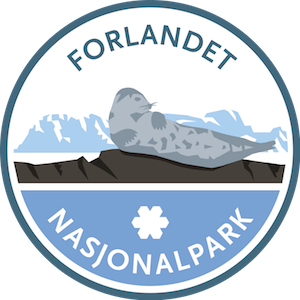
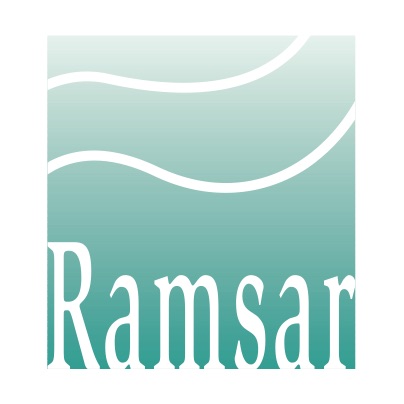
- BRIDGE BUILDER EXPEDITIONS SPITSBERGEN
- Research in Svalbard (RIS)
- RIS-ID 10275 (Bridge Builder Expeditions Spitsbergen)
- RIS-ID 11055 (Field Station Research Projects)
- The Norwegian Polar Institute's topographical Svalbard map portal
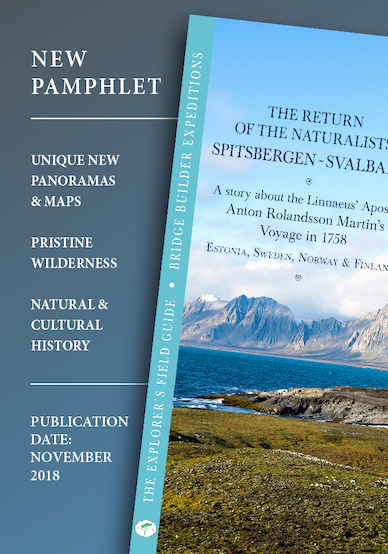


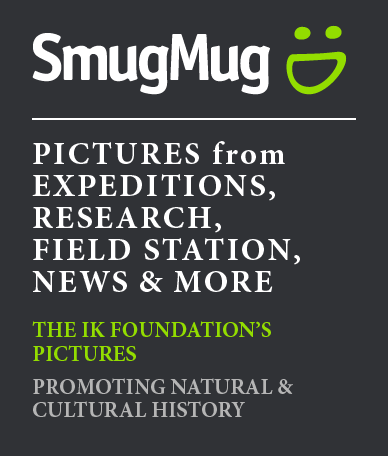
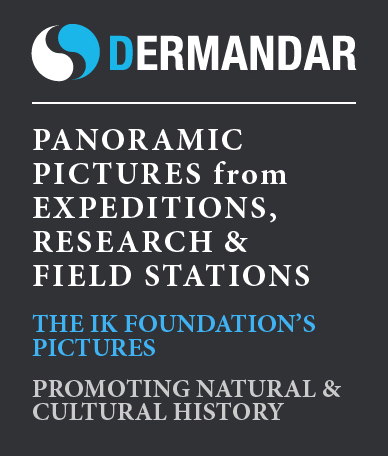

PROJECT GOVERNING
Lars Hansen | The IK FoundationArne Ardeberg | The IK Foundation
PRINCIPAL REFERENCES & RESOURCES
• The IK Foundation Mission Control Centre | Lars Hansen, Jeff Snoxell, Graham Scott • The Governor of Svalbard | Paul Lutnæs, Morten Wedege • LMK-stiftelsen | Foundation for Interdisciplinary Scientific Research | Malin Ferhm • Research & Reception Desk Office at The IK Foundation | Arne Ardeberg, Jennie Asher, Viveka Hansen, Leo RyderSee also LIST OF PARTICIPATORS
Updated/Checked 09/02/2023
THE IK FOUNDATION & COMPANY PROMOTING NATURAL & CULTURAL HISTORY
SUBSCRIBE TO OUR NEWSLETTER
TRANSLATE PAGE
A link to this page has
been copied to your clipboard
SHARE @been copied to your clipboard




© The IK Foundation & Company 2024
– a truly European organisation since 1988
– a truly European organisation since 1988
Legal issues | Forget me | and much more...
Home > Field Station | Naturae Observatio > Meteorological Monitoring


 FIELD STATION OVERVIEW
FIELD STATION OVERVIEW




